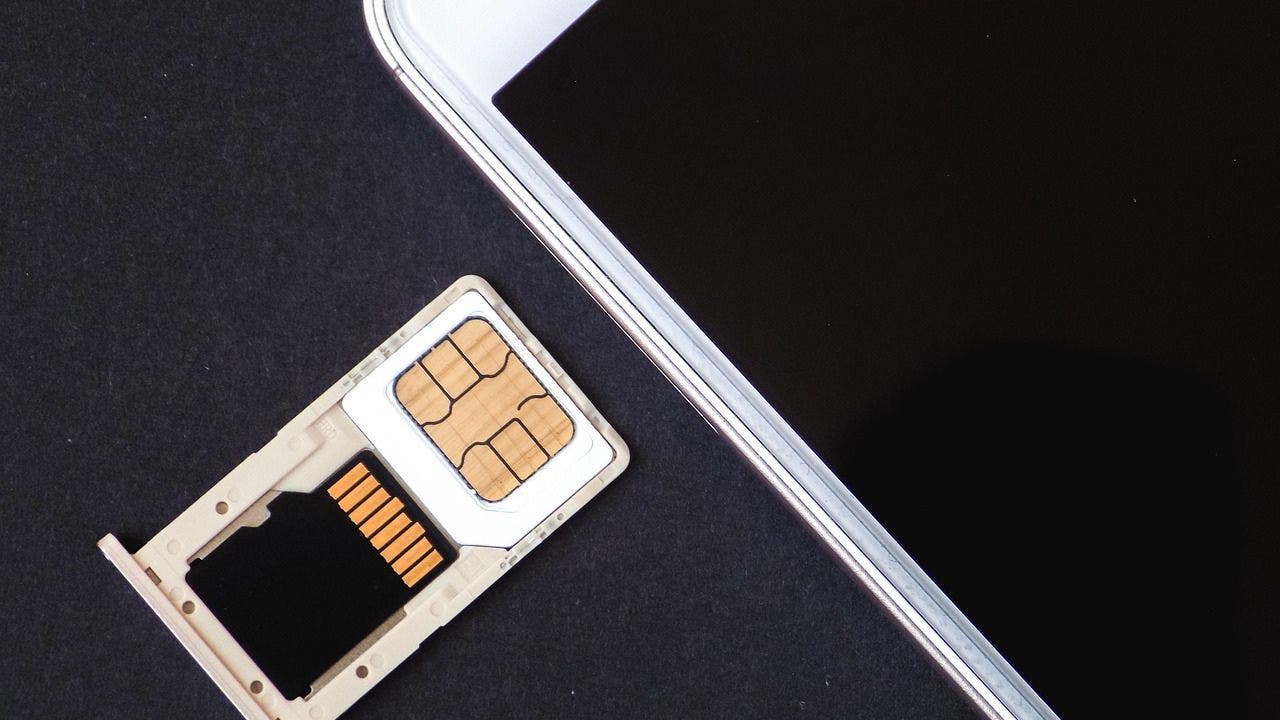How SIM swapping led to a $1.8M cyber fraud case

A man from San Fernando Valley, California, has been sentenced to over five years in federal prison for orchestrating a massive fraud operation that targeted dozens of victims, many of whom were elderly. Oren David Sela, 36, utilized various tactics such as stealing mail, hijacking phone numbers through SIM swapping, and using victims’ identities to drain bank accounts, resulting in the theft of over $1.8 million. This article aims to delve into the details of the scheme and provide tips on how to prevent falling victim to similar attacks.
SIM swapping, a form of identity theft, involves scammers tricking a mobile carrier into transferring a victim’s phone number to a new SIM card under their control. Once they gain access to the victim’s phone number, scammers can intercept text messages, including verification codes, granting them access to bank accounts, emails, and other sensitive information. There are two primary methods scammers use to execute SIM swaps: social engineering and insider threats.
Between November 2021 and October 2023, Sela engaged in mail theft in Beverly Hills and surrounding areas, gathering personal information such as debit and credit card details, bank account numbers, Social Security numbers, and driver’s licenses. With this information, Sela carried out SIM swapping attacks to bypass two-factor authentication protections, enabling him to break into victims’ online banking and financial accounts, open fraudulent accounts, transfer money, and order new debit and credit cards linked to the victim accounts.
Sela’s fraudulent activities resulted in attempted theft of nearly $2.6 million, with successful theft of at least $1.8 million. Despite being arrested in 2022, Sela continued his fraudulent activities, leading to further incriminating evidence being discovered during subsequent searches of his properties in 2022 and 2023. Ultimately, Sela pleaded guilty to bank fraud and aggravated identity theft, receiving a 61-month prison sentence and being ordered to pay $1,818,369 in restitution.
The dangers of SIM swapping lie in scammers gaining control of a victim’s phone number, allowing them to intercept two-factor authentication codes and subsequently take over accounts, reset passwords, move money, and open new lines of credit. To protect oneself from SIM swapping and identity theft, individuals are advised to monitor their accounts, lock their SIM card, limit sharing personal information online, place fraud alerts, check credit reports, freeze credit, use authenticator apps for two-factor authentication, strengthen passwords, invest in identity theft protection, be cautious of phishing attempts, and use strong antivirus software.
In conclusion, taking proactive steps to safeguard personal information and accounts is crucial in preventing falling victim to SIM swapping and identity theft. By implementing security measures and staying vigilant, individuals can reduce the risk of financial loss and protect their identities from malicious actors.




